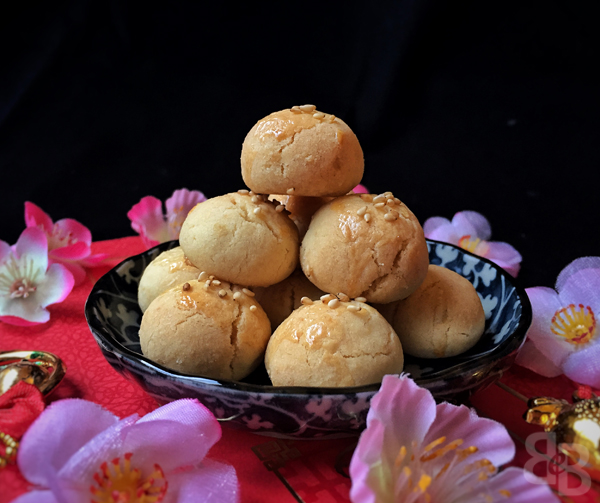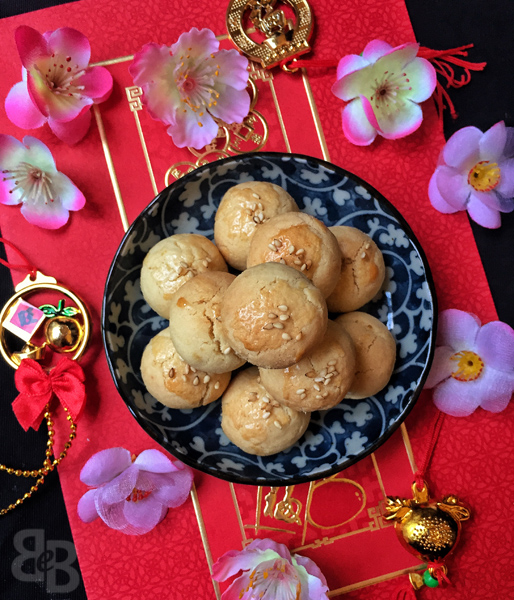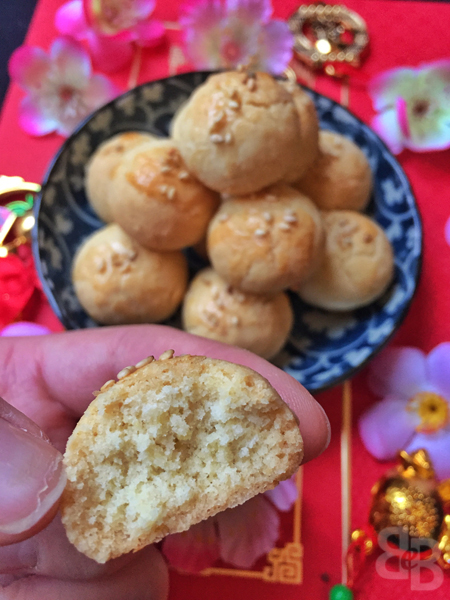I have admittedly not been posting anything on the blog for a while. Since June 2015, to be exact! Rest assured that I have continued to cook, bake and eat, but have just not gotten around to getting the recipes onto the blog – they do make it onto my instagram feed/stories though.
I first started the blog as a way to keep all my recipes in one place, mainly because I would otherwise forget what I put into a particular dish. I have now fallen into the same habit, which is when I figured that I should start blogging again.

The salted egg yolk craze has been taking over recently – salted egg potato chips, fish skin, cookies etc. I’ve only tried the fish skin and potato chips (I prefer the former!), and can totally see why so many people have gone crazy over them. I have never actually tried salted egg yolk cookies, so actually had no idea what I was aiming for when I made these. I used a recipe I found online as a base, and went from there.
This recipe makes a slightly crunchy cookie, with a nice hint of salted egg yolk. I personally think it could do with a bit more of salted egg yolk, so may increase the ratio of yolk:flour next time. I’ll definitely also be trying to make a more ‘melty’ cookie to see which texture is better!

Salted egg yolk cookies
- 150g salted butter, softened
- 75g caster sugar
- 6 cooked salted egg yolks, mashed
- 300g flour
- 15g cornflour
- 1 egg, lightly beaten (for egg wash)
- Sesame seeds (for garnish, optional)
- In a stand mixer fitted with the paddle attachment, beat the butter and sugar until pale and creamy
- Add the mashed salted yolks, and mix until just combined.
- Add the flour/cornflour mix in 2 additions, again mixing until just combined. The mix should form a cohesive dough. You can test this by trying to form a ball from the dough – if it is too crumbly, add a any flavourless oil (corn oil, vegetable oil etc) 1 teaspoon at a time until the dough can be formed into a ball.
- Roll the dough into rounds, and place on a parchment/silpat lined baking tray.
- Preheat the oven to 165’C (fan assisted).
- Gently brush the beaten egg onto the top of each cookie, and top with sesame seeds if you wish.
- Bake the cookies in the preheated oven for 10-12 mins, until the cookies are just golden.
- Leave to cool, then eat!
















